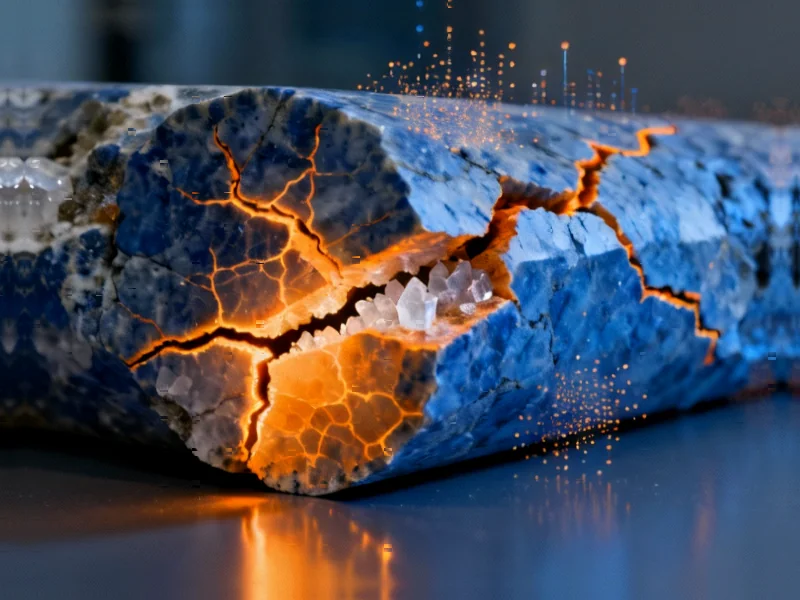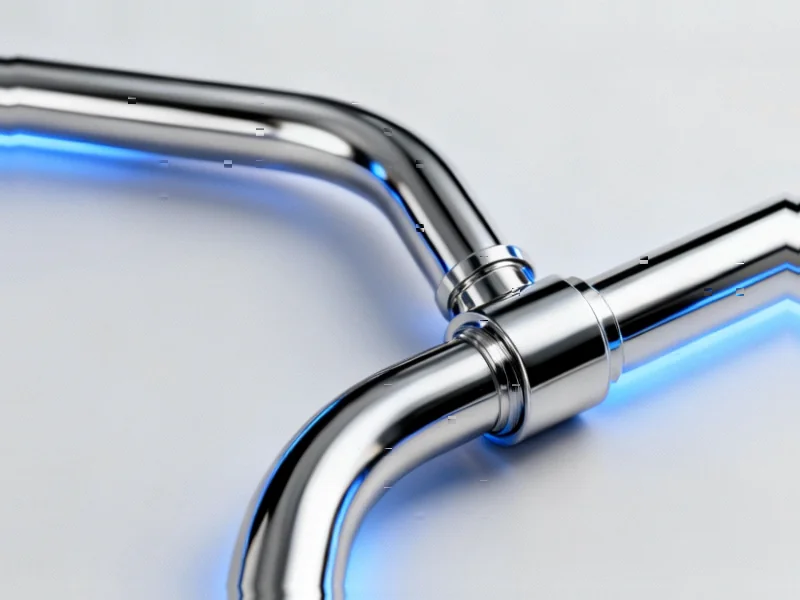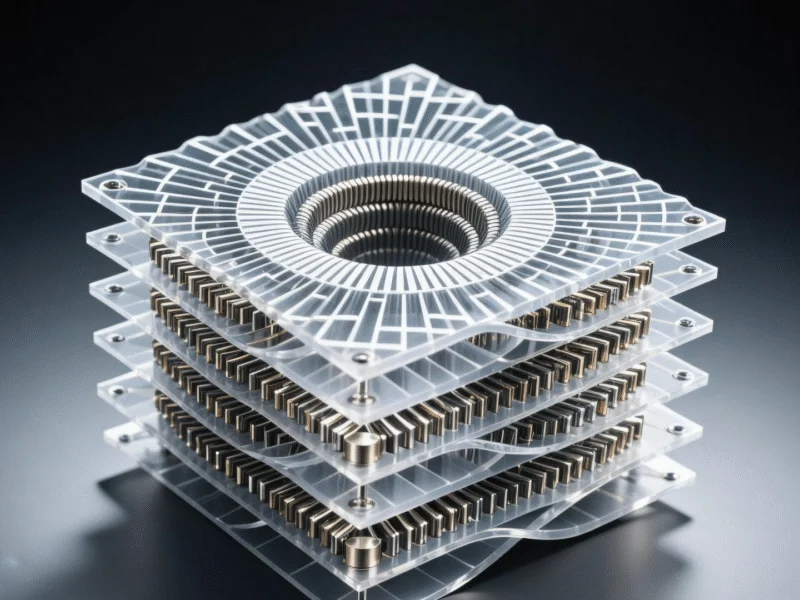Scientists are leveraging 3D X-ray tomography and a U-Net AI model to automatically characterize rock fractures and their infillings. The approach, validated with mineralogical techniques, provides critical data on fluid pathways and rock mass stability. This methodology promises advancements in fields ranging from geology to civil engineering.
Breakthrough in Rock Fracture Analysis
Geoscientists and engineers are gaining unprecedented insights into the internal structure of rock masses, thanks to an automated approach combining 3D X-ray computed tomography (CT) with artificial intelligence. According to a report published in Scientific Reports, this methodology enables the precise determination of fracture aperture (FA) in open joints and the infilling thickness (IT) in mineral-sealed discontinuities. The ability to accurately characterize these features is crucial, analysts suggest, as the presence or absence of filling material strongly influences both the hydraulic conductivity and the mechanical behavior of rock formations, with implications for resource extraction, tunneling, and slope stability assessments.









